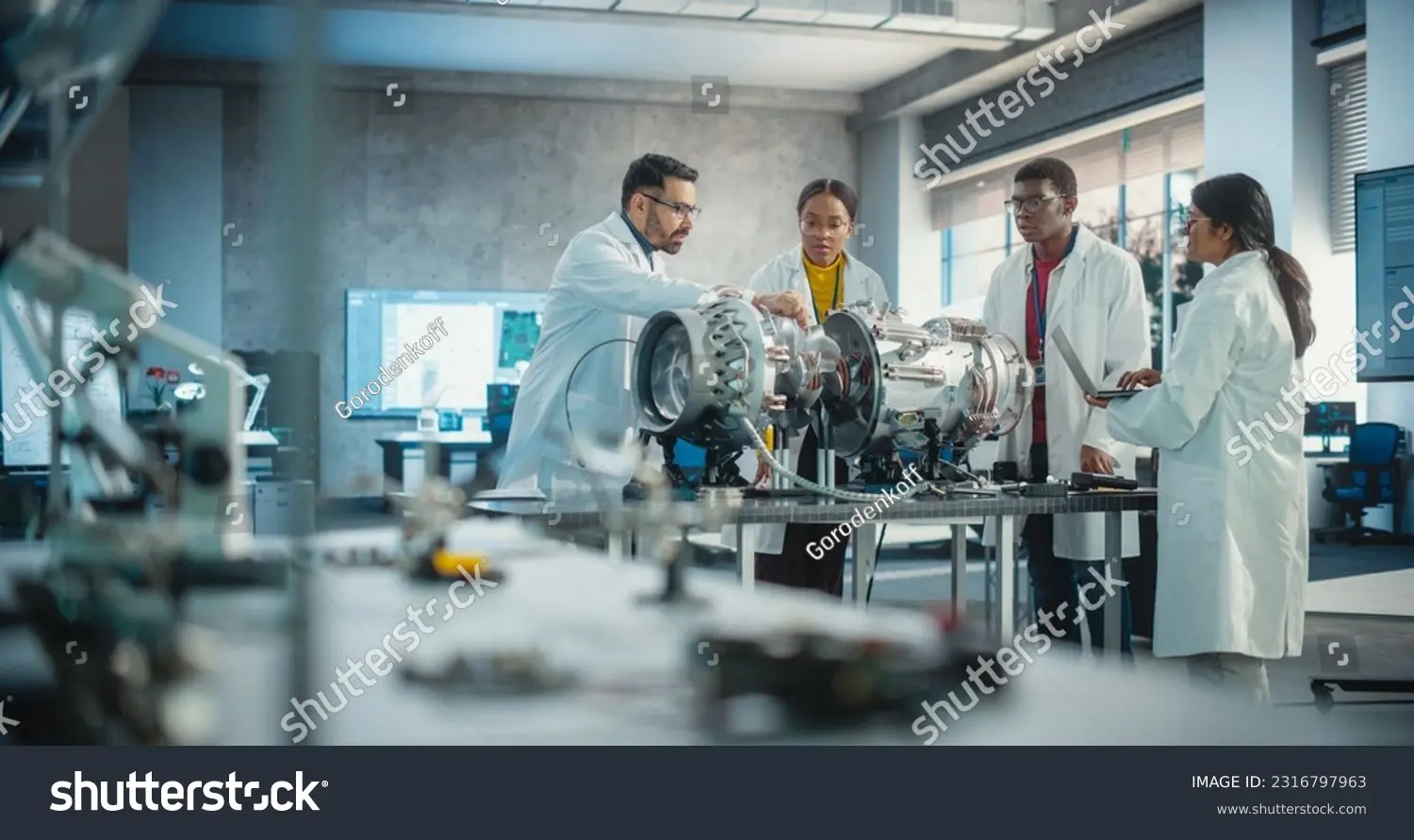Aerospaziale
The aerospace sector is fundamentally dedicated to the engineering, fabrication, and sustainment of aerial and spaceborne vehicles, along with their intricate associated subsystems and components. This industry is characterized by an unwavering commitment to high-performance material science, exacting precision manufacturing methodologies, stringent adherence to safety protocols, and the continuous integration of advanced technologies.
Core operational domains encompass commercial flight, defense applications, extraterrestrial exploration, and autonomous unmanned aerial vehicle (UAV) development. Critical components within this domain frequently necessitate specialized materials such as titanium alloys, high-strength steels, and nickel-based superalloys, engineered to reliably endure extreme thermal loads, mechanical stresses, and cyclic fatigue conditions.

Typical Applications in Aerospace Manufacturing and Maintenance
Heat Treatment
- Processes: Surface hardening, tempering, and stress relieving
- Components: Landing gear shafts, actuator elements, turbine blades and discs
- Advantages: Increases wear resistance and fatigue life while minimizing distortion and maintaining structural integrity
Brazing and Soldering
- Processes: Joining dissimilar metals or ceramic-metal assemblies using filler alloys
- Components: Fuel lines, hydraulic and pneumatic tubes, heat exchangers
- Advantages: Produces strong, leak-free joints with minimal oxidation and precise thermal control
Shrink Fitting
- Process: Controlled expansion of components through heating to achieve interference fits
- Components: Bearing assemblies, motor housings, structural fittings
- Advantages: Enables stress-free assembly with excellent mechanical stability
Preheating for Welding and Forming
- Process: Preheating to reduce thermal gradients during joining or shaping operations
- Components: Engine mounts, airframe structures, support brackets
- Advantages: Enhances weld quality, reduces risk of cracking, and improves forming consistency
Curing of Coatings and Adhesive Bonds
- Processes: Thermal curing of polymer composites and aerospace-grade adhesives
- Components: Composite panels, bonded structural joints
- Advantages: Provides uniform heating, fast cycle times, and accurate process control
Induction Melting
- Process: Controlled melting of metal alloys for small-scale production or prototyping
- Components: Specialty alloys for engines, structural parts, and space systems
- Advantages: Ensures clean melting environments and precise thermal regulation
Core Benefits of Induction Heating in Aerospace
- High Precision & Repeatability: Essential for safety-critical and performance-sensitive components
- Minimal Distortion: Ideal for complex parts requiring tight dimensional tolerances
- Localized Heating: Protects adjacent structures and sensitive materials
- Environmentally Responsible: No open flame, minimal emissions, and non-contact operation